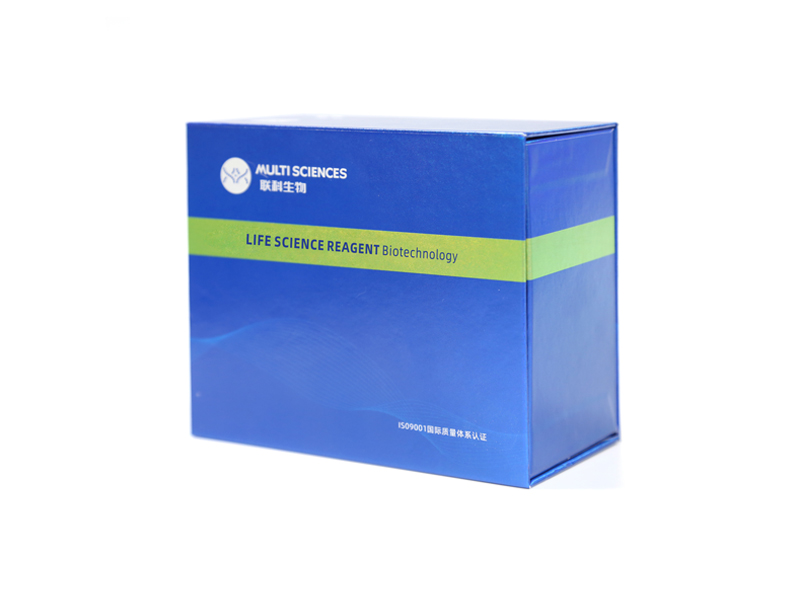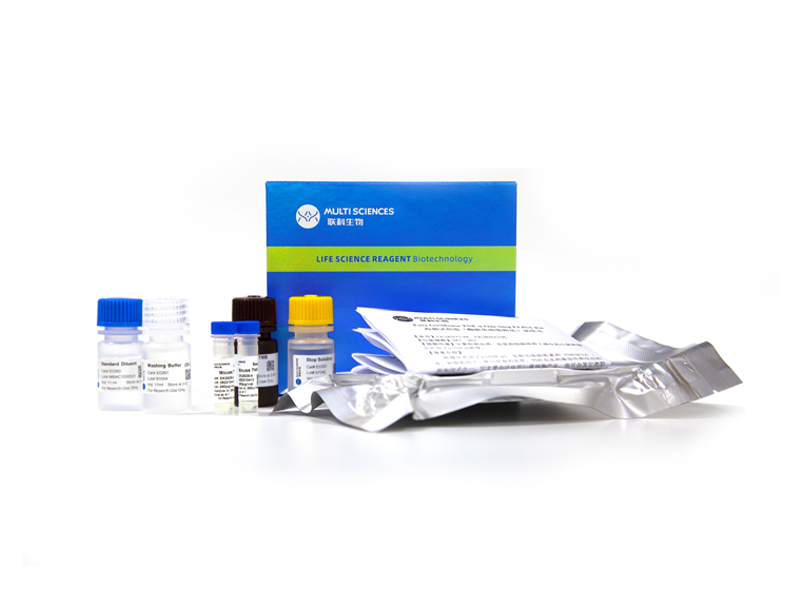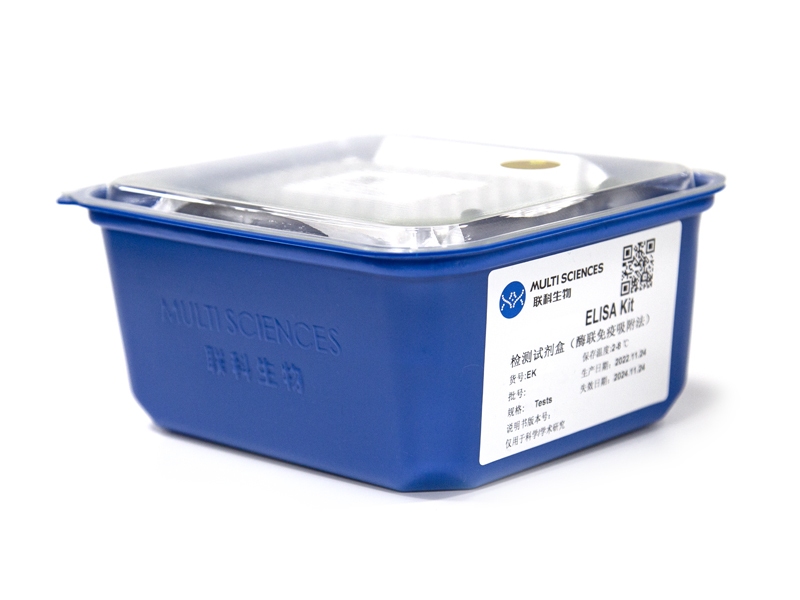To develop a next-generation metal agent and dual-agent multitargeted combination therapy, we developed a copper (Cu) compound based on the properties of the human serum albumin (HSA)–indomethacin (IND) complex to remodel the tumor microenvironment (TME). We optimized a series of Cu(II) isopropyl 2-pyridyl ketone thiosemicarbazone compounds to obtain a Cu(II) compound (C4) with significant cytotoxicity and then constructed an HSA–IND–C4 complex (HSA–IND–C4) delivery system. IND and C4 bind to the hydrophobic cavities of the IB and IIA domains of HSA, respectively. In vivo, the HSA–IND–C4 not only showed enhanced antitumor efficacy relative to C4 and C4 + IND but also improved their targeting ability and decreased their side effects. The antitumor mechanism of C4 + IND involved acting on the different components of the TME. IND inhibited tumor-related inflammation, while C4 not only induced apoptosis and autophagy of cancer cells but also inhibited tumor angiogenesis.
文章引用产品列表
-
- EK282EG
- 一步法ELISA试剂盒
EasyGo!™ Mouse TNF-α One-Step ELISA Kit 检测试剂盒(酶联免疫吸附法)
- ¥2,190.00 – ¥3,650.00
-
- EK282
- ELISA试剂盒
Mouse TNF-a ELISA Kit检测试剂盒(酶联免疫吸附法)
- ¥1,600.00 – ¥10,800.00
-
- EK282HS
- 高敏试剂盒
Mouse TNF-α High Sensitivity ELISA Kit检测试剂盒(酶联免疫吸附法)
- ¥2,000.00 – ¥3,400.00
-
- EK201BHS
- 高敏试剂盒
Mouse IL-1β High Sensitivity ELISA Kit检测试剂盒(酶联免疫吸附法)
- ¥2,000.00 – ¥3,400.00
-
- EK201B
- ELISA试剂盒
Mouse IL-1β ELISA Kit 检测试剂盒(酶联免疫吸附法)
- ¥1,600.00 – ¥10,800.00





